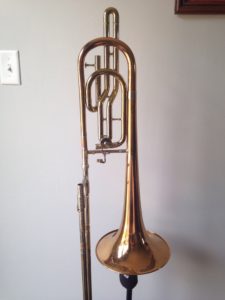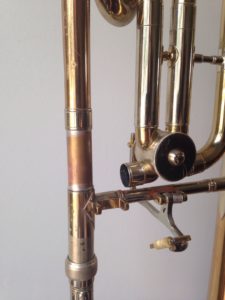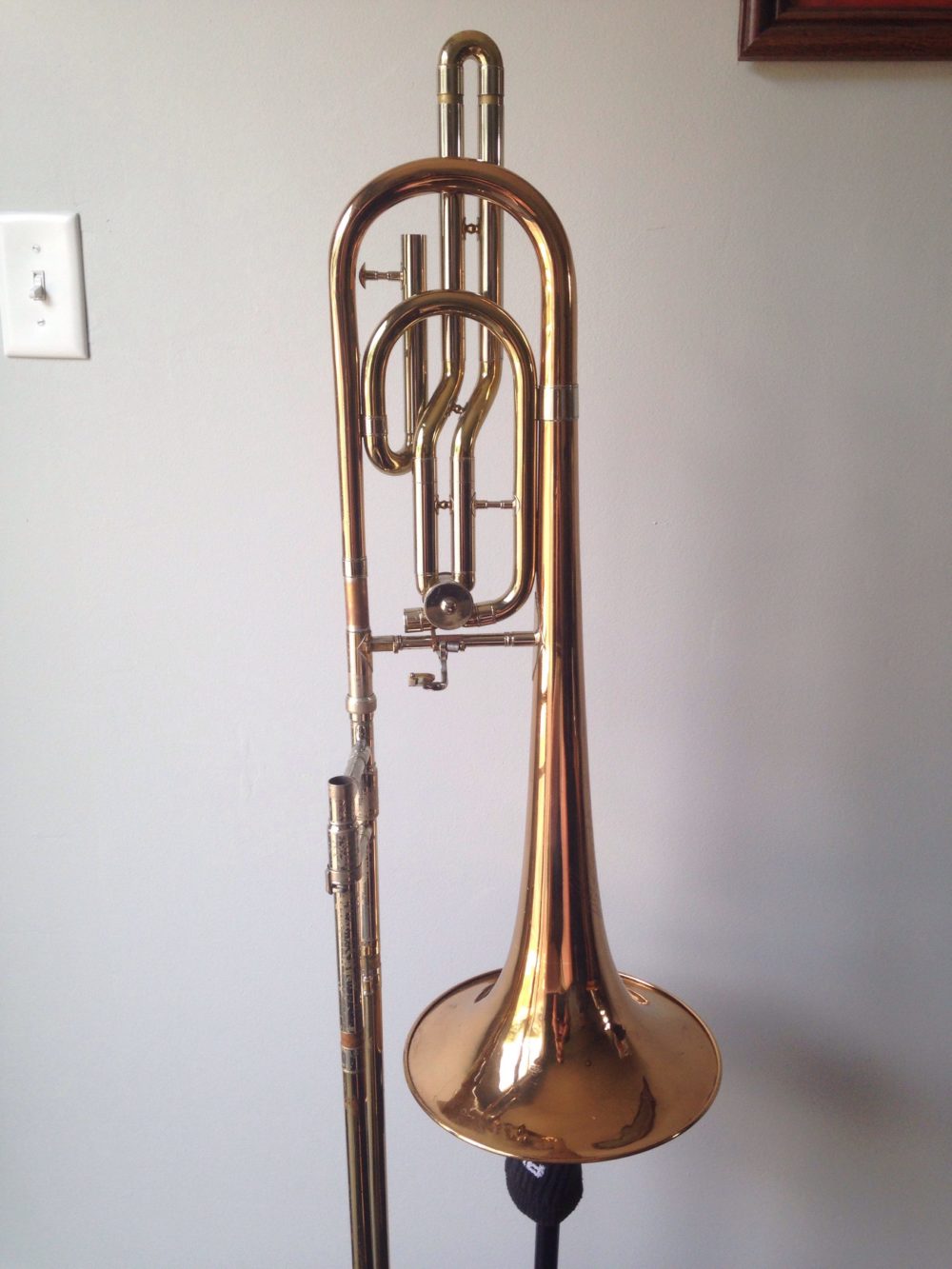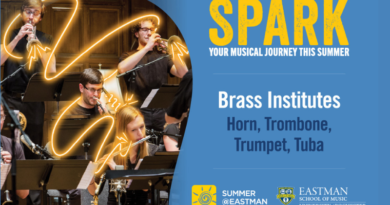Project BMI62: Stage One
Click here to see the end result (Stage Two)!
If you have regularly followed this website and its social media presence, you will know that my primary instrument is a 1970 Conn ‘Elkhart’ TIS Bass Trombone. These were some of the best bass trombones ever made, and while they are still being played in British orchestras, they are not found as much in US orchestras. Over the past year or so, I have been debating if this is the horn for me. I have played this horn in various settings (orchestras, solo recitals, big band, chamber groups, etc.), and have always found it to be an ideal horn for me. Whenever attending trade shows or workshops, yes the bigger (and shinier) horns move easier with the different valve setups, but something didn’t feel right.
In March 2018, I asked myself Could this horn be better? What could be done to this horn to enhance its features of being that ideal horn? Wrestling over these and other questions have prompted me to begin looking into the adjustments. Ohio is fortunate to have some formers managers and designers from the Eastlake factory for the UMI Corporation (think Conn, King, and Benge brass instruments). Rob Phillips, the owner of Buckeye Brass and Winds, played an integral role in the development of many instruments, and for the past 11 years has set up his own shop in Plain City, Ohio.
For some technicians, repair and maintenance are all they are interested in for the customer. Other techs, however, have a desire to see how can something be tweaked for better performance. For me, this also interests me in taking an excellent piece of machinery (the Conn 62H), and seeing how we can make this better? In my conversations with Rob, we both have an inkling to see what we can do with this vintage horn without losing its famed, characteristic sound. I dubbed this Project BMI62 so readers could follow along what will be a fascinating learning experience. It may take months. It may take years. Whether it be a musician or a technician, this is the life of a person true to their craft – always developing.
And so it begins.
Stage One
Remove the F-attachment and solder a connecting pipe to get a feel for the open horn.

You may have seen pictures and videos of me describing this sound via Facebook Live. The sound without the F-attachment was immensely different. The best way to describe the feel is to think of playing on a small bore straight tenor and then magnifying that feel and sound to a 9.5″ bell and a .562 bore. Yea. There was a lot of pop/sizzle, yet velvety richness with the sound. Whether it was playing Bordogni, Beethoven, Berlioz, or even the bass riff to Chameleon, this 62H made me want more of the same feel but with the valves.

Fortunately, while my horn was in its straight horn phase, I was able to compare the sound to another 1970s 62H only separated by 8 digits in their serial numbers. Obviously, there was quite a big difference between the two, but in general, it was the same, classic sound. Click on this link to see more close-ups of the straight 62H as well as the other 1970s 62H with a Minnick-style tuning also done by Buckeye Brass.

The next phase will consist of putting on a valve on my 62H that still allows for the openness but with all the “fun-ness” of a double valve bass trombone. The Rotax valve will be the likely choice for the setup.



